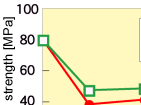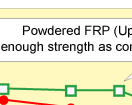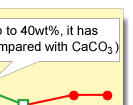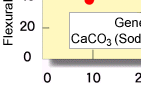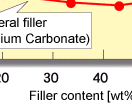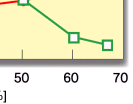|
In recent years, environmental problems, such as pollutant gas from incineration and shortage of land filling space, are concerned as one of common issues. In the railway field, disposal process of organic materials used for rolling stock have a lot to do with this issue. When rolling stock was renewed, many kinds of organic materials were wasted. The Railway Technical Research Institute (RTRI) has studied applicable recycling technologies in consideration of properties and disposal amounts of each organic materials.
(1) Recycling technology for FRP
It is found that ordinary recycling methods such as material recycling and thermal recycling (recovery of combustion energy) are applicable to thermoplastic polymer. But FRP is a thermosetting polymer and the disposal amount of FRP is rather small. So, a certain material recycling process, that is simple and is not depend on the amount, is considered suitable for FRP. From this aspect, disposal FRP is crushed into powder and this powder is applied to filler for resin moldings or fine concrete aggregate.
It was found that resin moldings had enough flexural strength up to 40wt% blend of FRP powder (Fig. 1 and 2). This shows resin moldings blended FRP powder is applicable to railway product such as troughs and resin boxes. From a recycling-friendly aspect, it was also suggested that non-halogen thermoplastic polymer was a suitable polymer to be applied to newly manufactured rolling stock.
|
